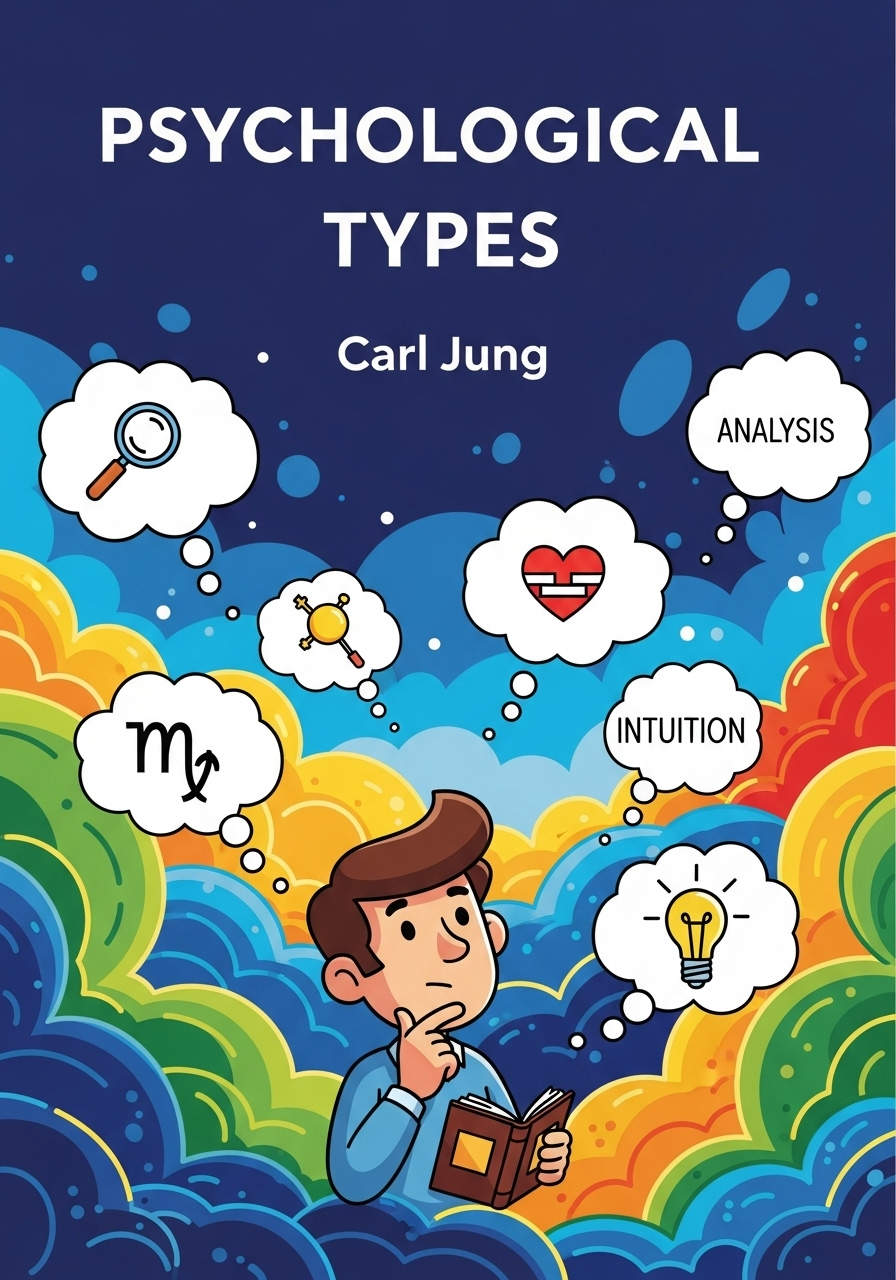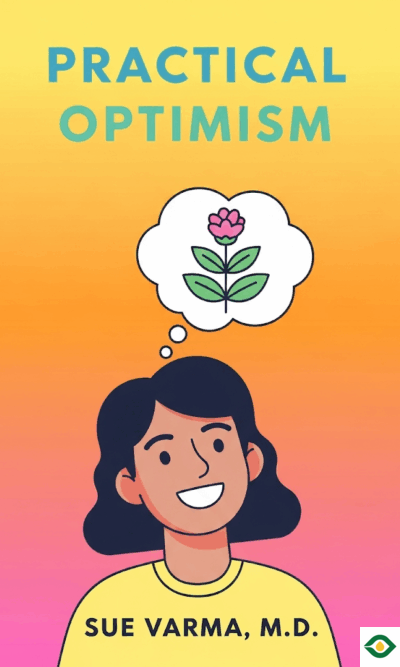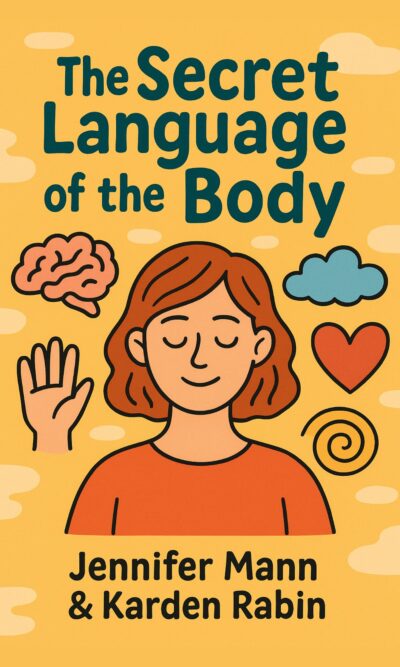Description
Carl Jung’s Psychological Types is one of the most important works in psychology. It was first published in 1921, but its ideas still shape how people think about personality today. At its core, the book is about understanding human differences. Jung noticed that people don’t all see the world in the same way. Some are energized by social interaction, while others feel drained and need time alone. Some trust facts and details, while others prefer big ideas and possibilities. Instead of seeing these differences as mistakes or flaws, Jung argued they are natural patterns of personality.
The foundation of his theory rests on two key attitudes: introversion and extraversion. Introverts recharge their energy by going inward, reflecting on thoughts, feelings, and inner experiences. They may prefer quiet spaces, deep conversations, and solitude. Extraverts, on the other hand, gain energy from the outside world. They thrive in social situations, enjoy activity, and draw strength from external engagement. Most people lean toward one side, but Jung made clear that nobody is purely introvert or purely extravert. We all have a mix, but one side usually feels more natural to us.
On top of these two attitudes, Jung introduced four basic mental functions: thinking, feeling, sensation, and intuition. Thinking is about logic and analysis. Feeling is about values and harmony. Sensation is about what is concrete and observable through the senses. Intuition is about possibilities, patterns, and what could happen in the future. Each person tends to favor one of these functions as their main way of dealing with the world. This combination of an attitude (introvert or extravert) plus a dominant function (thinking, feeling, sensation, or intuition) makes up the basic shape of someone’s psychological type.
Jung explained that these types are not boxes to trap people in. They are more like maps that help us understand why people behave differently. For example, an extraverted thinking type might enjoy organizing projects, debating ideas, and applying clear logic to decisions. An introverted feeling type might quietly reflect on what feels meaningful, making choices based on personal values. Neither is better or worse. Both are valid ways of living and can even complement each other when people learn to respect differences.
Beyond personality traits, Jung was deeply interested in the unconscious mind. He often used the image of an iceberg: the conscious mind is the small visible tip, but beneath the water lies a huge mass of unconscious material. He divided the unconscious into two layers. The first is the personal unconscious, which holds forgotten memories, repressed experiences, and hidden emotions unique to each person. The second is the collective unconscious, which contains shared patterns and symbols common to all humans. Jung called these shared patterns archetypes. They show up in myths, religions, and dreams across cultures. The hero’s journey, the wise old man, the nurturing mother, the trickster—all of these are examples of archetypes.
Dreams were, for Jung, one of the most important ways to access the unconscious. He saw dreams as messages, though not in a straightforward way. Instead of literal meaning, dreams speak in symbols. A dream of being lost might not just be about losing your way on a street—it could symbolize feeling uncertain about life’s direction. Jung encouraged people to pay attention to dreams and use methods like active imagination, where someone lets images and feelings from the unconscious play out in writing, drawing, or meditation. This practice could help people integrate hidden parts of themselves into their conscious life.
This integration is at the heart of Jung’s idea of individuation. Individuation is the process of becoming a whole and authentic person. It’s not about becoming perfect. Instead, it’s about accepting and uniting all sides of who you are, even the parts you would rather hide. Jung called this hidden side the shadow. The shadow contains traits we reject or deny, such as anger, envy, or vulnerability. Ignoring the shadow doesn’t make it disappear. It often leaks out in conflicts, strong dislikes, or behaviors we don’t fully understand. To grow, Jung argued, we must face our shadow, acknowledge it, and find healthy ways to live with it.
For example, someone who prides themselves on being kind may suppress their capacity for anger. Their shadow may then emerge in sudden outbursts or in passive-aggressive behavior. By admitting that anger is part of being human, they can channel it into setting boundaries rather than letting it control them. Similarly, a very logical person might discover that their shadow holds emotion and intuition, qualities they need to balance their life.
Individuation is a lifelong journey. It requires facing uncomfortable truths, but it also brings deep rewards. As people integrate their unconscious and balance their dominant and less dominant functions, they move toward a fuller version of themselves. They also become more capable of forming authentic relationships. Jung believed that as we become more whole, we relate more deeply to others and contribute more meaningfully to the world.
Jung’s theory also offers practical insights into relationships. Many conflicts between friends, partners, or colleagues come from differences in psychological types. A highly social extravert might see their introverted partner as distant or cold, while the introvert may see the extravert as overwhelming. A thinking type might be puzzled by a feeling type’s emotional decision-making, while the feeling type might find the thinker too detached. Understanding these patterns doesn’t erase differences, but it builds empathy. It allows people to see that others are not wrong, just different.
Take the example of two colleagues: one an extraverted sensation type who loves being out in the field, gathering data through observation and experience, and the other an introverted intuitive type who prefers working alone, imagining future possibilities and connections. At first, they might find each other frustrating—one too scattered, the other too abstract. But if they learn to value each other’s strengths, they can form a balanced team, with one grounded in facts and the other providing creative vision.
Jung stressed that all types are necessary. A society made only of thinkers would miss the richness of feeling. A world of only intuitive dreamers would lack the grounding of sensation. By honoring every function and attitude, both in ourselves and in others, we move closer to balance.
The book closes with a practical message: people should not only know their dominant type, but also work on their less developed functions. This doesn’t mean becoming someone else. It means becoming more adaptable and complete. A thinker can practice empathy and ask how decisions affect others. A feeler can sharpen their logic and analysis. A sensation type can dream bigger, while an intuitive can learn to notice details. Each effort strengthens the whole personality.
Ultimately, Psychological Types is not just about labels. It is about growth, awareness, and understanding. It invites us to look inward, to explore our dreams, to face our shadows, and to honor the diversity of human experience. Jung believed that when we make unconscious patterns conscious, we reclaim our freedom. We stop being driven by hidden forces and start living with greater clarity and purpose.
This is why Jung’s work continues to inspire psychologists, writers, and everyday readers a century later. It gives us tools to understand ourselves and others. It reminds us that differences are not obstacles but opportunities. And it encourages us to embark on the journey of individuation—the journey of becoming our truest selves.





